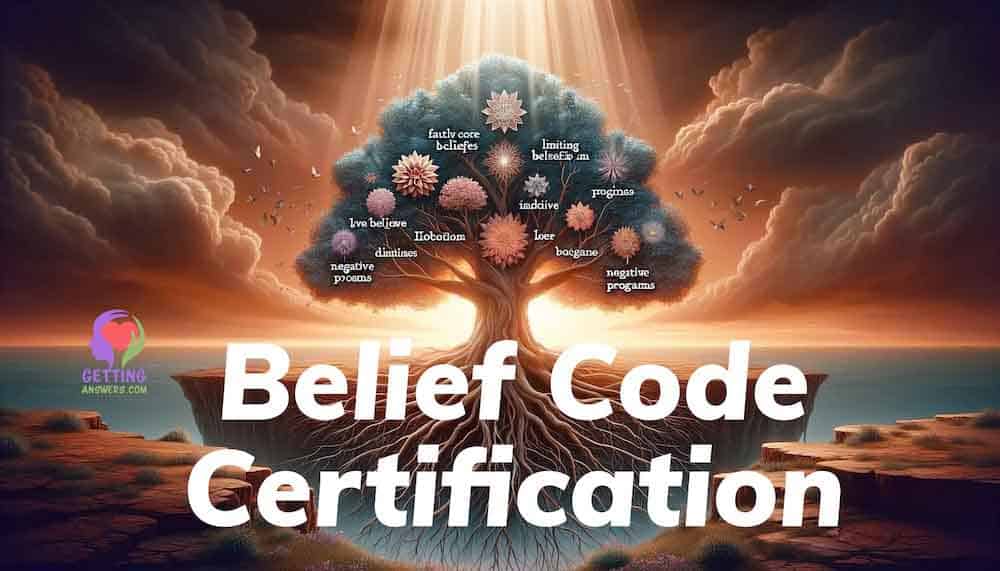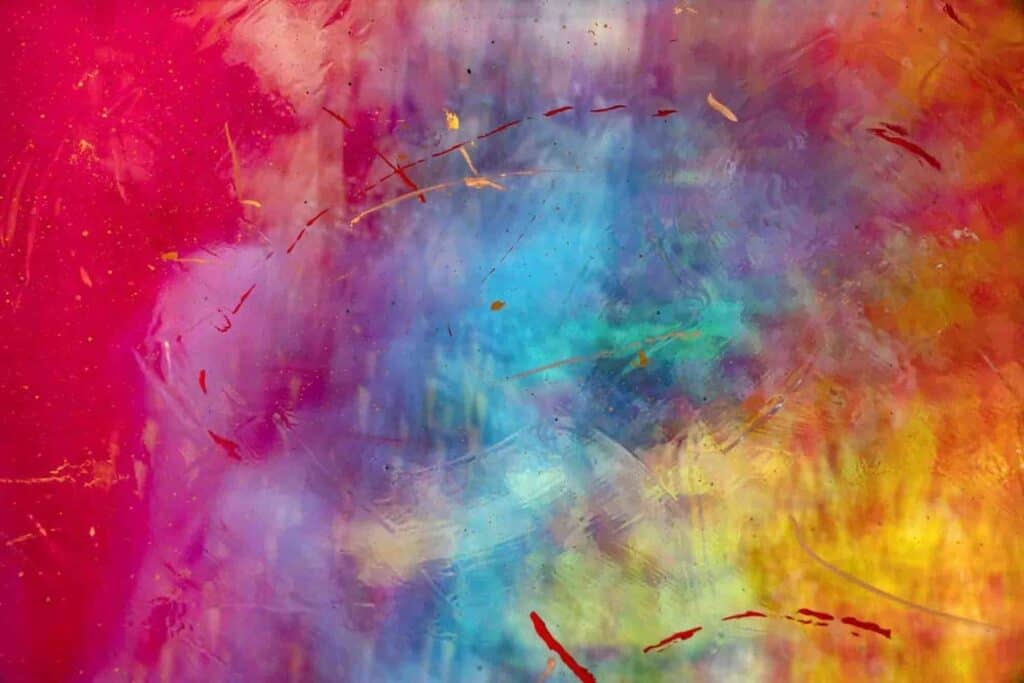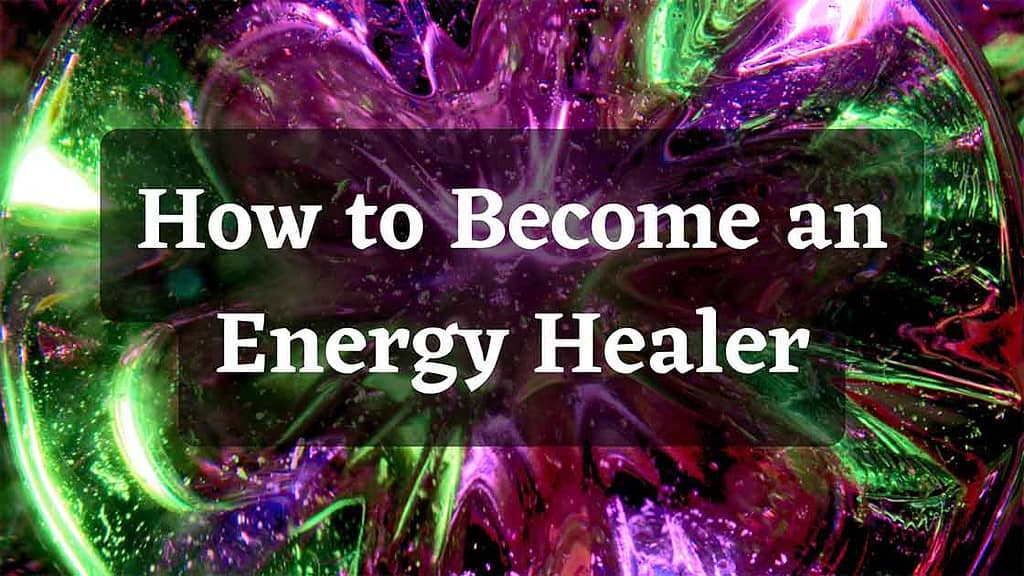Many people are jumping into the trend of holistic healing methods. Instead of treating any specific medical condition, holistic healing is that healing process that focuses on a person as a whole. According to the holistic medicine approach, an individual can achieve excellent health – the primary goal of holistic medicine practice- by gaining equilibrium in life.
According to the holistic practitioner, the parts of an individual’s body are interconnected. If one part is not working properly, the other parts will be affected as well. In this way, if people have spiritual, physical, or emotional imbalance going on in their lives, it can affect their overall health.
If you have not jumped on the holistic healing methods bandwagon. It may be the right time to comprehend it. If you don't know about holistic healing methods and therapy, then this article will surely help you.
How Can Holistic Healing Methods Help You?
A holistic medicine practitioner uses traditional medication and alternative therapies to treat a patient. We all know once your body feels any kind of pressure be it emotional or physical, your body starts producing stress hormones, the relaxation response stimulates the parasympathetic system (which is responsible for the body's rest and digestion response when the body is resting, relaxed, or feeding) and the parasympathetic system brings everything down. This is where holistic healing methods help you.
For example, if a person is suffering from migraine visits a holistic doctor, instead of hoping onto medications, the doctor will focus on those factors that may be causing the migraine. The problems may be some health issues, lack of sleep, diet, stress, or anything personal. The treatment may involve some medications to relieve symptoms, and some lifestyle modifications to prevent headaches from relapsing. Holistic healing methods can also help you know about your emotional heart wall and how it affects your life. If you don’t know what an emotional heart wall is, read about it here.

Principles of Holistic Healing Methods
It is believed that with the right beliefs and mindset a person can be healed.
The principles may include:
- The process not just reduces the symptoms, but also determines the cause or the root of the condition.
- Healing power varies from person to person (all individuals have self-generated healing power).
- A patient ought to be served and treated as a normal person, not a disease.
What are the most popular holistic Healing therapies?
Starting the process of seeking treatment outside of the conventional channels might be daunting or frightening at times, but discovering the techniques that work for you and constructing a life that gives you more freedom is well worth it.
Here are a few of the most well-known complementary holistic treatment therapies:
1. Reflexology

It is already known that areas of the body are interlinked to reflex points or zones in our feet, hands, and head. The traditional (ancient) Chinese practice of reflexology helps to boost the energy of the body and aims to restore health, through the pressing of pressure points by massaging them. It is believed that reflex points in the right foot control the organs on the right side of the body, such as the liver. It is based on zone therapy, which asserts that the body has 3 horizontal and 10 vertical zones that hold millions of nerve endings that control certain parts of the body.
This treatment improves oxygenation and blood flow of the body. It is also known for its stress-relieving benefits. It helps to ease tension, reduce anxiety depending on the reflex zones of the patient. It may help cancer patients. Due to the extensive variety of the symptoms or diseases, it can relieve, it is on the top of the holistic therapy list.
2. Acupuncture
The use of needles to massage vital parts of the body to release energy was somewhat invented in China several decades ago. To release pain, very fine needles are inserted into the various parts of your body which are called treatment points. It may help to stimulate muscles and nerves. Acupuncture points are believed to vitalize the central nervous system. Acupuncture is used for migraines or chronic pain, but some people believe that it helps in relieving the symptoms of anxiety and a variety of diseases and conditions including chemotherapy nausea, and vomiting.
3. Aromatherapy
It is believed by many people that the aroma (smell) of some specific things like herbs, plants, etc. can help them to sleep better, and improves their irritable state of mind. This medical care involves the utilization of essential oils that are extracted from plants for healing. Oils can be used in many ways, such as adding drops to a warm bath, massaging into the skin, in creams. Some individuals are allergic to specific oils so, therefore, they ought to concern about an Associate in Nursing aromatherapy, before they proceed with any aromatherapy.
4. Chiropractic:
This technique focuses on how the anatomy of the body, specifically the spine, impacts the majority of your bodily organs. Spinal corrections or tweaks are frequently used to relieve pain in other places. Chiropractic may be used to treat a range of diseases, notably low-back pain, asthma, carpal tunnel syndrome, and migraines, according to studies. A 2013 study discovered that when used in conjunction with regular medical care, chiropractic therapy reduced pain and increased function in patients aged 18 to 35.
5. Naturopathy:

Naturopathic medicine is a blend of 19th-century European conventional practices and techniques to “heal” with nature. This technique focuses on nutritional and lifestyle adjustments, as well as the use of herbs and nutritional supplements, as well as acupuncture, and exercising, to maintain your body and keep it healthy. Although no particular studies have been conducted to verify the general efficiency of naturopathy, it is thought to aid with headaches, diabetes, asthma, and anxiety, among other things.
6. Reiki
This is a Japanese relaxing technique based on the idea that a “life force energy” runs through us, and that is why we are breathing. The assumption is that when our energy levels are low, we are feeble and ill, but when they are high, we have a better chance of becoming healthy and strong. Reiki is a type of healing in which a therapist rests their hands on or near a person's body to remove the negative force that causes illness. Reiki has been shown in studies to aid in relaxation and the reduction of pain, stress, and depression. Learn more about this Japanese relaxing technique here.
7. Body Massages
This technique is being followed for three thousand years. It is the traditional technique that promotes relaxation and healing within the body. It's a tested technique that comes in several forms reckoning on what it aims to focus on. It is the best way to get oneself pampered and has numerous benefits. Massage not only increases the blood flow but can manage a wide range of physical and mental conditions such as reducing stress, anxiety, panic attacks, and blood pressure. It also helps to boost immunity and improves back pain and headache.
Massage can ease the emotional burdens. It is believed that blood carries nutrients and oxygen around the body, which is important for the healthy function of the organs and helps to eliminate the toxins that make us unhealthy or unwell. So, more massage means more blood flow and more blood flow means more nutrients and oxygen pumping around the body that makes us healthy. Therefore, the standard of life improves.
Holistic Healing Methods Final Thoughts
Taking the first approach toward holistic therapy can be unsettling and bewildering, but many of these approaches can produce excellent outcomes. If you're seeking for techniques to control the pain or accelerate healing, we'd recommend giving holistic medicine a shot. You may be shocked by what works best for you.








